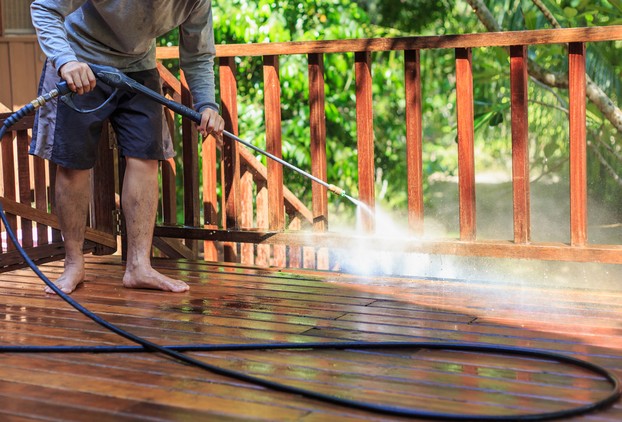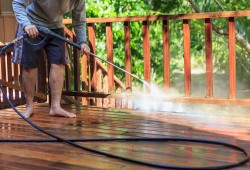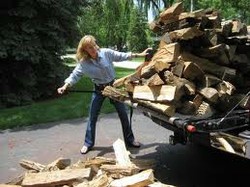Pressure washers work as you would probably expect—they blast stubborn stains clean with pressurized water at about 75 times more pressure than what a water hose uses. Though commonly used for cleaning tough, grimy surfaces, pressure washers can also be commonly set to use lower pressures for more delicate jobs.
There are typically five main parts to pressure washers: the motor or engine, water pump, water inlet, hose, and cleaning attachments.




 10 Things You Need To Have Clean and Spotless Clotheson 10/28/2021
10 Things You Need To Have Clean and Spotless Clotheson 10/28/2021
 10 Business Ideas For Newbies That Will Thriveon 10/27/2021
10 Business Ideas For Newbies That Will Thriveon 10/27/2021


Comments